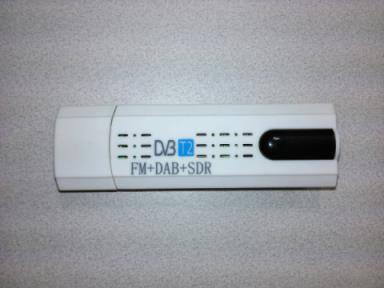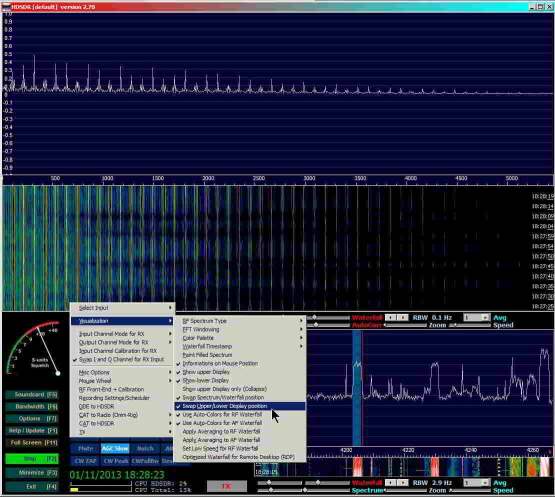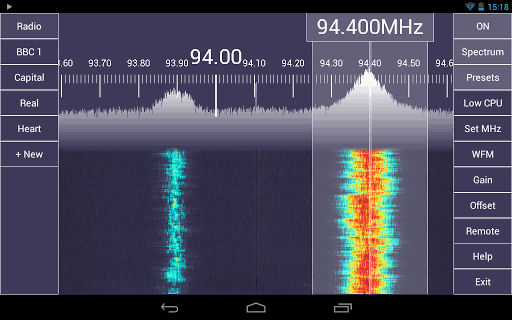New RTL-SDR Tuner Chip R828D
A new tuner known as the Rafeal R828D has become officially supported by the main software branch of RTL-SDR. Comments on the initial testing from this thread on the Reddit RTL-SDR forum show that there is no real improvement over the cheaper R820T tuner, and that a hardware mod is required to get acceptable results from the tuner.
On the Reddit thread user metropolis_pt2, the developer of the driver for this tuner writes
In Antti’s LinuxTV blog, Antti talks about the internals of the device and shows many pictures of the insides.



